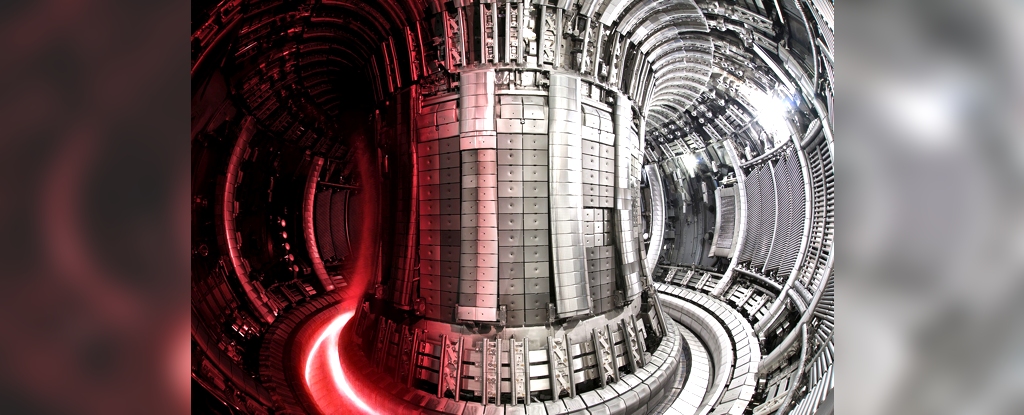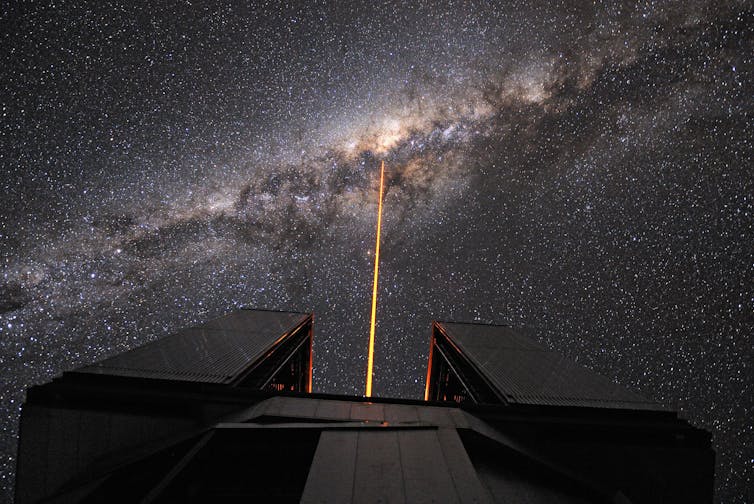On Thursday, scientists in Britain revealed that they had achieved a new record for generating fusion energy during the final experiment using the Joint European Torus (JET) machines. This process is the same as the one used by the sun to produce heat and could potentially be a significant source of clean and safe energy to combat climate change in the future. The team at the JET facility in England managed to produce 69 megajoules for five seconds using 0.2 milligrams of fuel, which exceeded their previous record set in 2022 by 10 megajoules, as disclosed by the UK Atomic Energy Authority (UKAEA). This amount of energy could power approximately 41,000 homes for five seconds. The experiment represented the ultimate test conducted at the JET site using a donut-shaped tokamak machine. Ian Chapman, CEO of UKAEA, emphasized the significant impact of JET’s research findings on future fusion projects and power plants worldwide. JET’s experiments were a collaborative effort involving over 300 scientists and engineers from EUROfusion, a consortium of researchers across Europe, over a span of 40 years. A combination of deuterium and tritium, both isotopes of hydrogen, were heated within JET’s tokamak to temperatures 10 times hotter than the sun’s core, resulting in the creation of plasma. Fusion, a process that is fundamentally safe and cannot trigger a run-away reaction, produced substantial energy as heat. Deuterium, readily available in seawater, and tritium, a byproduct of nuclear fission, were used in the experiment. The fusion process released nearly four million times more energy than burning coal, oil, or gas, and the sole byproduct was helium. Despite achieving a new record, the JET experiment did not produce more energy than what was initially invested in it. However, the Lawrence Livermore National Laboratory in the United States accomplished this feat utilizing a different method involving lasers in late 2022, establishing it as the only facility to do so. JET commenced its first deuterium-tritium experiments in 1997. The recent results demonstrated the capability to sustain fusion for five seconds, as extended experiments would lead to the overheating of JET’s copper wire magnets. ITER, equipped with superconductor electromagnets, aims to prolong the fusion process for extended durations, potentially exceeding 300 seconds. If successful, a prototype fusion power plant may be operational by 2050. Collaboration in the field of fusion energy has been closely coordinated internationally due to the inability to weaponize the technology, unlike nuclear fission used in atomic power plants. The France-based ITER megaproject involves several countries including China, the EU, India, Japan, South Korea, Russia, and the US. © Agence France-Presse
Nuclear Fusion World Record Smashed in Major Achievement











:max_bytes(150000):strip_icc()/GettyImages-2175611126-9f7c5490e6634d83b69d2d7a73bb0c80.jpg)

